Ferrari has joined forces with the FIA in trialling new wheel guards to prevent excess spray affecting visibility during F1 grands prix.
The latest test was conducted at the Fiorano Circuit where Arthur Leclerc tried out two specifications of a redeveloped wheel guard, whilst Oliver Bearman ran behind to check the levels of visibility.
The amount of spray produced by F1 cars has long been an issue for the series, with drivers complaining about a lack of visibility and races being disrupted by heavy wet weather in recent years, such as the 2021 Belgian Grand Prix.
The experimental run took place after a fruitless test for a less aggressive design at Silverstone last year between Oscar Piastri and Mick Schumacher.
Following that, Nikolas Tombazis, FIA single-seater technical director said in a press briefing held during last year's F1 season finale in Abu Dhabi that there would be additional "information gathering to see if that is the right path". He added: "What we’re testing in May isn’t the final solution."
The wheel covers are part of what is known as the 'Wet Weather Package' (WPP) that F1 is looking to introduce to mediate the negative effects of excess spray.
The hope is that, once finalised, the WPP will be a bolt-on kit for teams to use when there are adverse weather conditions.
“Things would have to go reasonably well to have it in 2025," Tombazis explained. "If that fails, then it would have to be 2026. It would be part of the new package of regulations.
"Alternatively, if the test doesn’t go well in the spring, we may abandon that course and then have to really think about what we do.”
The main uncertainty hanging over the solution is what the root cause of the issue is, and whether it will ultimately fix the problem.
The approach employed during the test at the Fiorano Circuit is more drastic than the one used last year, but that does not mean it will be the end product.
“What we still doubt is what proportion of the problem is due to the overall diffuser and sucking the water from the track, which is something this thing won’t fix, and how much of it is because of the wheels,” Tombazis added.
“We know both factors are significant, so we’re not aiming to solve everything. We know there will still be visibility issues.
“It would be too complicated to do on a set of regulations with cars that have to be in one configuration when it’s dry and to change when it’s wet. That would be probably a bit too complicated.
“If we conclude that the main factor is the diffuser, first of all, the direction the '26 regulations are going, it would probably be a step improvement. Secondly, we would then be able to focus some of the work there and see what more we can do.”
Don't miss out on any of the Formula 1 action thanks to this handy 2026 F1 calendar that can be easily loaded into your smartphone or PC.
Download the calenderMost read
In this article
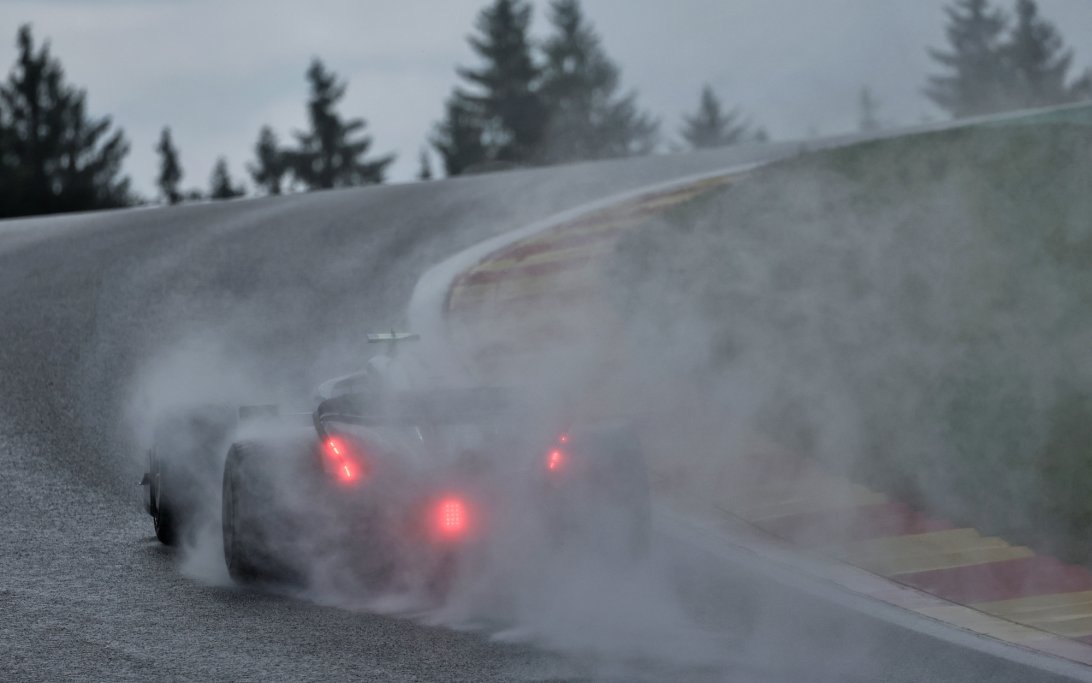
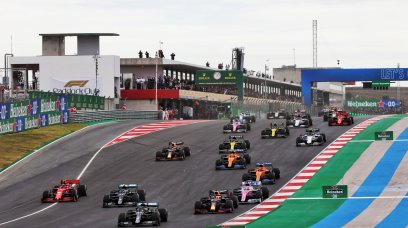
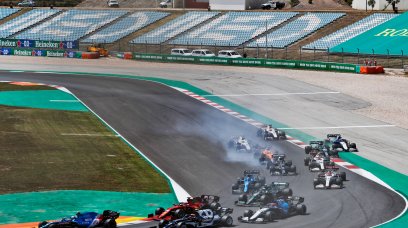

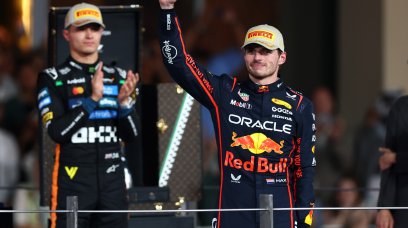
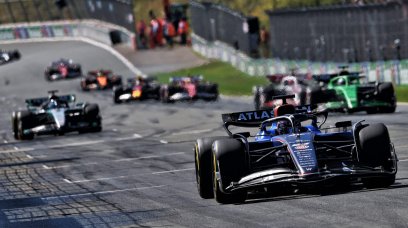
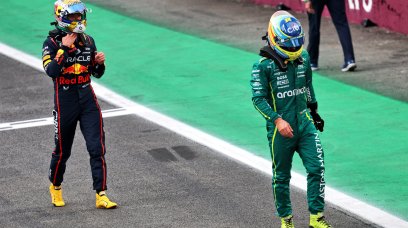
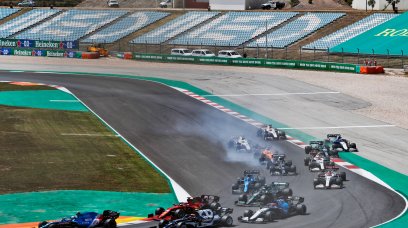
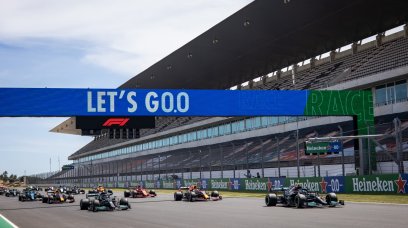
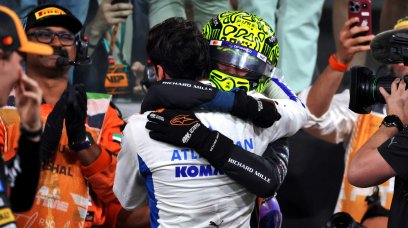
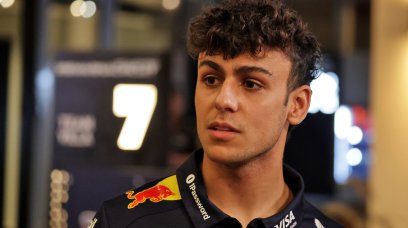
Join the conversation!